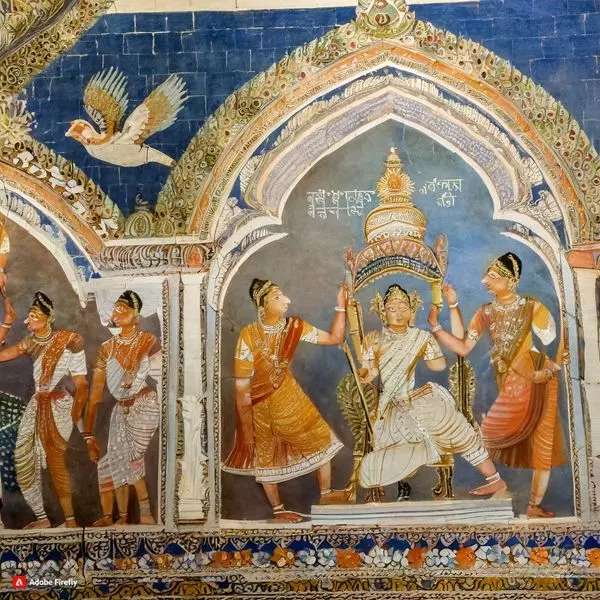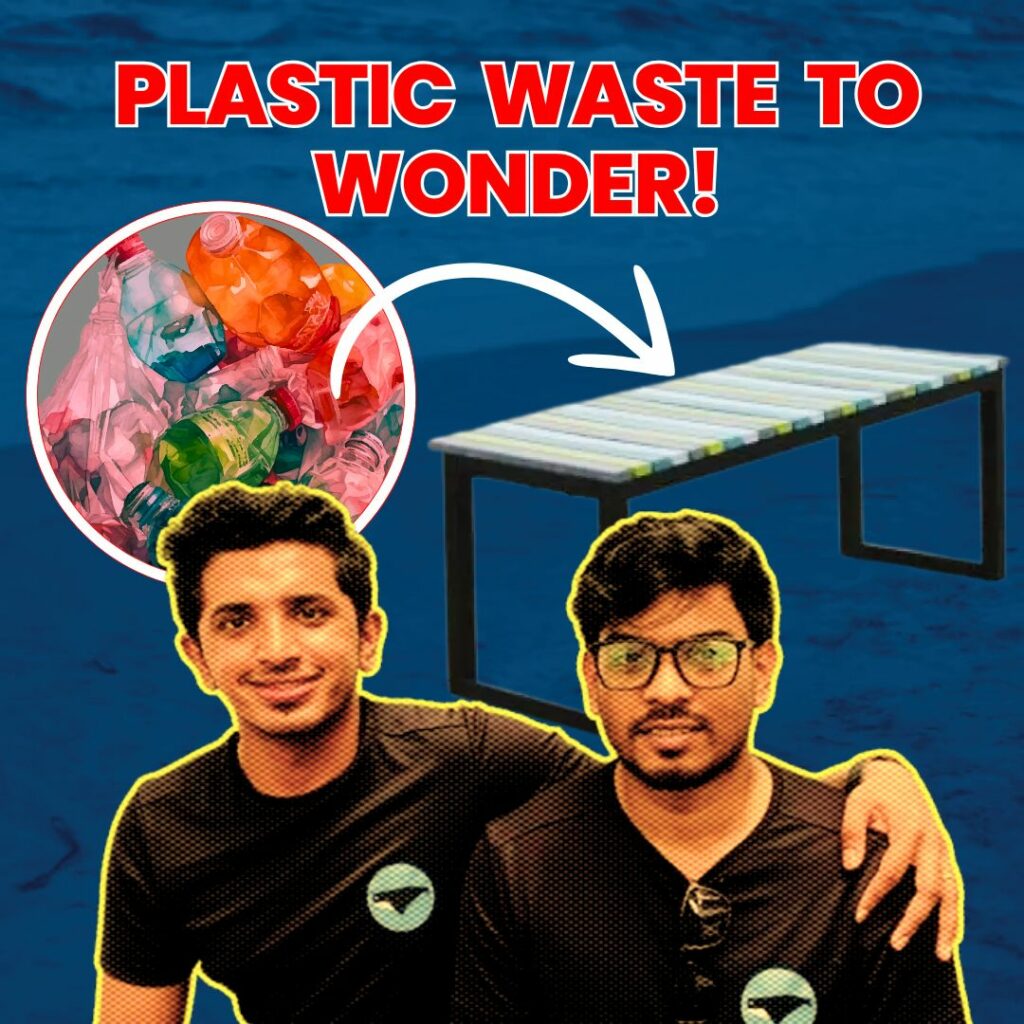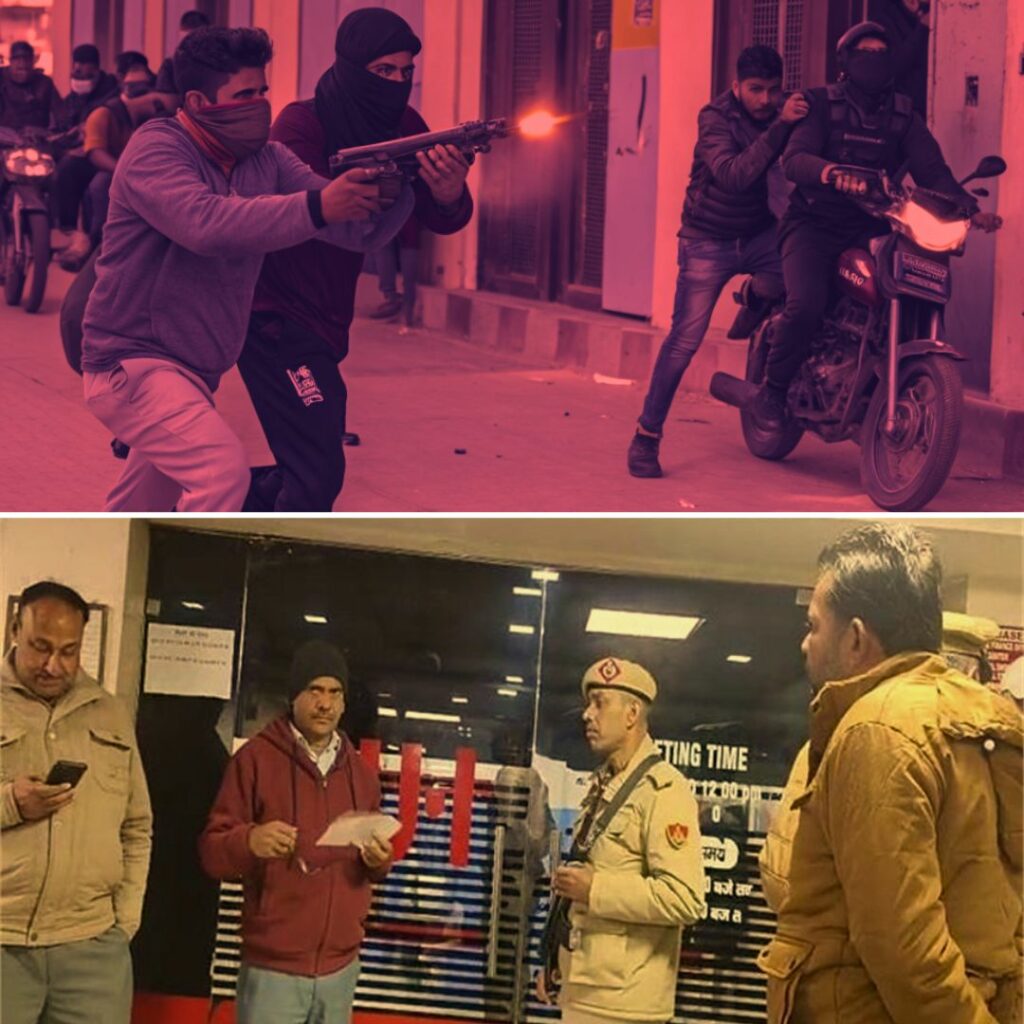The captivating canvases of Raja Ravi Varma, an eminent Indian painter and artist (29 April 1848 – 2 October 1906), continue to resonate with art enthusiasts worldwide. Renowned for fusing European academic art with a distinct Indian sensibility, Varma’s masterpieces transcend time, leaving an enduring mark on the cultural panorama. This article delves into the life, influences, and lasting impact of this artistic pioneer whose works bridge the gap between tradition and modernity.
Raja Ravi Varma’s artistic journey unfolded in the princely state of Travancore, present-day Kerala. Born into an aristocratic family in 1848, Varma’s fusion of European techniques with Indian iconography showcased his unparalleled artistic prowess. Notably, his lithographs, affordable and widely accessible, democratized fine arts, fostering a deeper connection between the common people and artistic expression.
Varma’s oeuvre primarily comprises religious depictions of Hindu deities and scenes from Indian epics, earning him profound acclaim. His ability to breathe life into mythological characters, notably through works like “There comes Papa” (1893), solidified his place as a visionary artist. Additionally, his familial ties with the royal family of Travancore strengthened, with two granddaughters eventually becoming integral to the lineage.
In the realm of personal life, Raja Ravi Varma’s marriage to Bhageerthi Bayi of the Mavelikkara royal house further intertwined his destiny with Travancore’s royal legacy. Their union produced five children, each contributing to the intricate tapestry of Travancore’s royal lineage.
Varma’s artistic prowess was patronized by Maharaja Ayilyam Thirunal of Travancore, and he garnered international recognition after winning awards at exhibitions in Vienna (1873) and Chicago (1893). Notably, his paintings often depicted Hindu goddesses inspired by Indian women, captivating audiences with their aesthetic charm.
Western Aesthetics & Indian Iconography
The establishment of the Raja Ravi Varma Press in 1894 marked a pivotal moment in his career. Advised by the Dewan of Travancore, T. Madhava Rao, Varma’s lithographic printing press in Mumbai later shifted to Malavli, Maharashtra. The press became a significant commercial venture, producing oleographs of Hindu deities and scenes from epics, further expanding Varma’s influence.
Despite financial challenges, Varma’s legacy endures through the Raja Ravi Varma Press, which continued successfully under German printing technician Fritz Schleicher until a tragic fire in 1972.
Varma’s honours, including the Kaisar-i-Hind Gold Medal in 1904, reflected his significant contributions to Indian art. His legacy lives on through the Raja Ravi Varma Puraskaram, an award instituted by the Government of Kerala, recognizing excellence in art and culture.
Raja Ravi Varma’s legacy is multifaceted, viewed as the first modern Indian artist who skillfully merged Western aesthetics with Indian iconography. While some critics find fault in his style, labelling it as showy and sentimental, Varma’s influence remains undeniable.
Modern and contemporary Indian artists draw inspiration from Varma’s ability to bridge cultural elements. Despite controversies, his impact on the art world is undeniable, with organizations hosting events and awards in his memory. The Maharaja Ranjitsinh Gaekwad Festival of Arts annually celebrates his contributions, keeping his artistic spirit alive.
As we celebrate the 173rd birth anniversary of Raja Ravi Varma, his art continues to be a beacon of cultural harmony. Varma’s timeless creations serve as a testament to the enduring power of artistic expression, transcending boundaries and inspiring generations to come. In the words of Geeta Kapur, Raja Ravi Varma remains the “indisputable father figure of modern Indian art,” and his legacy remains etched in the vibrant canvas of India’s artistic heritage.
Also Read: Genomic Medicines Set to Redefine Healthcare Landscape, Prompting Surge In Investment











